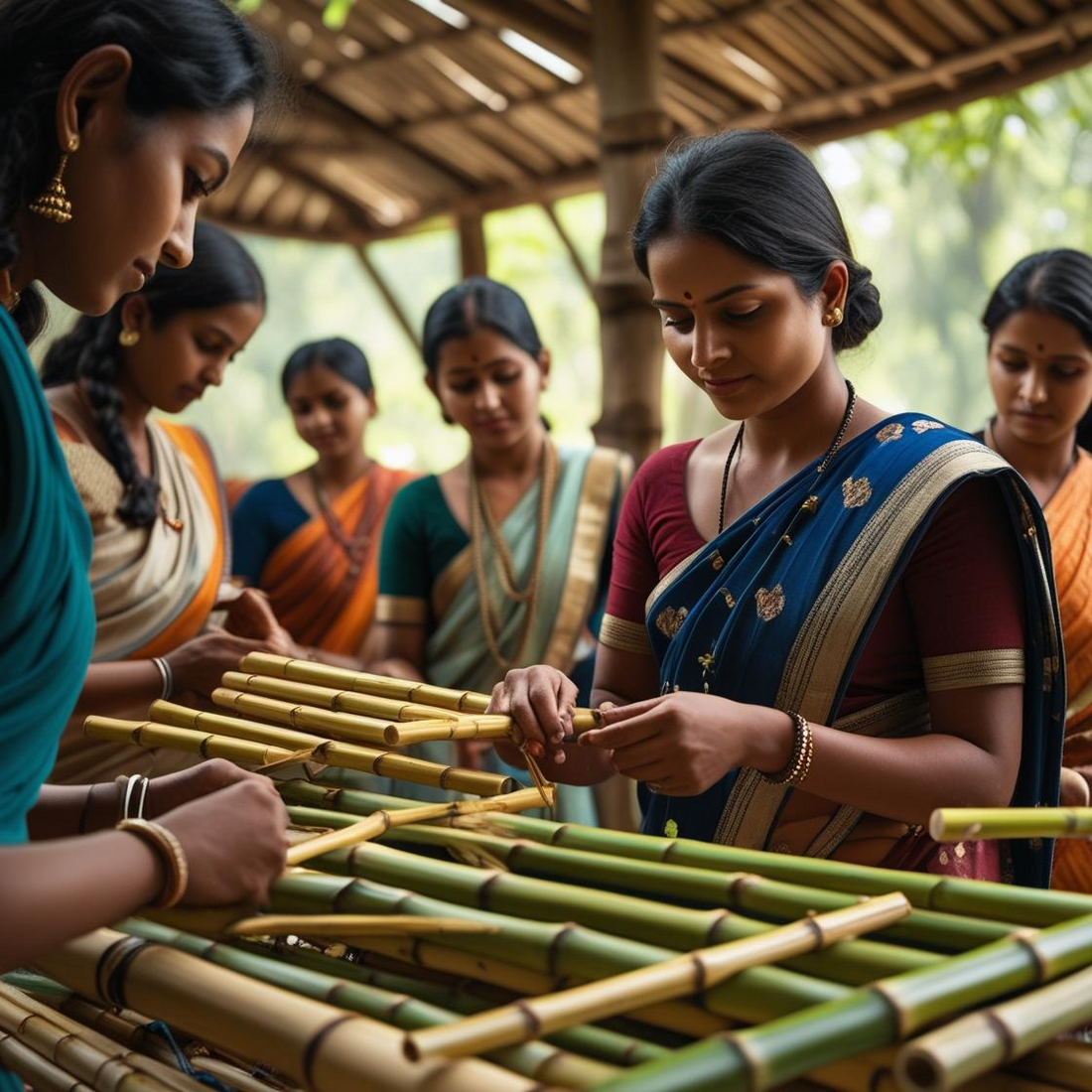
Bamboo and the Indian Government’s Efforts to Nurture the Handicraft Sector
Compartir
Bamboo, often called green gold, has been an integral part of India’s cultural and economic fabric for centuries. From traditional baskets and mats to contemporary furniture and lifestyle products, bamboo’s versatility sustains livelihoods across rural and tribal communities. Recognising its importance, the Government of India has taken several initiatives to support and expand the bamboo-based handicraft sector.
1. National Bamboo Mission (NBM)
Under the Ministry of Agriculture & Farmers Welfare, the NBM focuses on the holistic development of the bamboo sector—from plantation and cultivation to processing and marketing. It provides training, financial aid, and infrastructure support for artisans and entrepreneurs.
2. MSME & Handicraft Schemes
The Ministry of Micro, Small & Medium Enterprises offers skill development programs, cluster-based interventions, and market linkages to bamboo craft artisans under schemes like SFURTI (Scheme of Fund for Regeneration of Traditional Industries).
3. Geographical Indication (GI) & Design Protection
Several bamboo crafts are being promoted through GI tagging and design registration, ensuring that local artisans get due recognition and protection for their traditional knowledge.
4. Market Promotion & Exhibitions
Initiatives like ‘Hunar Haat’, India Handicrafts Fairs, and online marketplaces for government-backed artisan products have expanded the reach of bamboo crafts to global audiences.
Bamboo is more than a sustainable resource—it is a lifeline for countless artisans. Government support combined with community innovation is helping keep this heritage alive while steering it towards a greener, more prosperous future.
